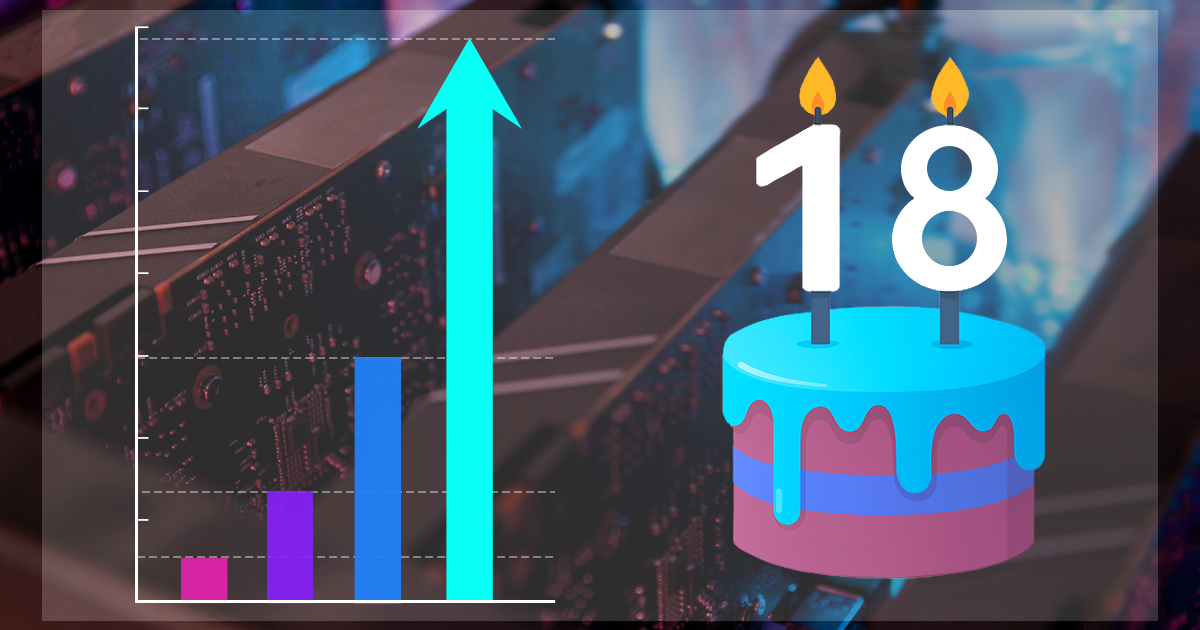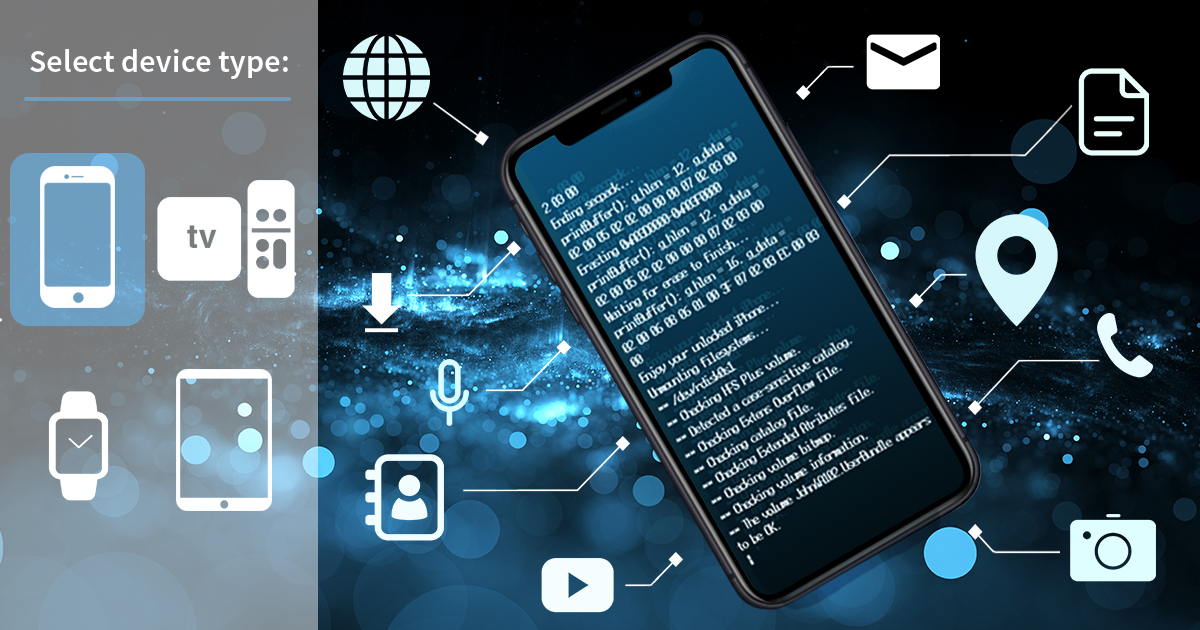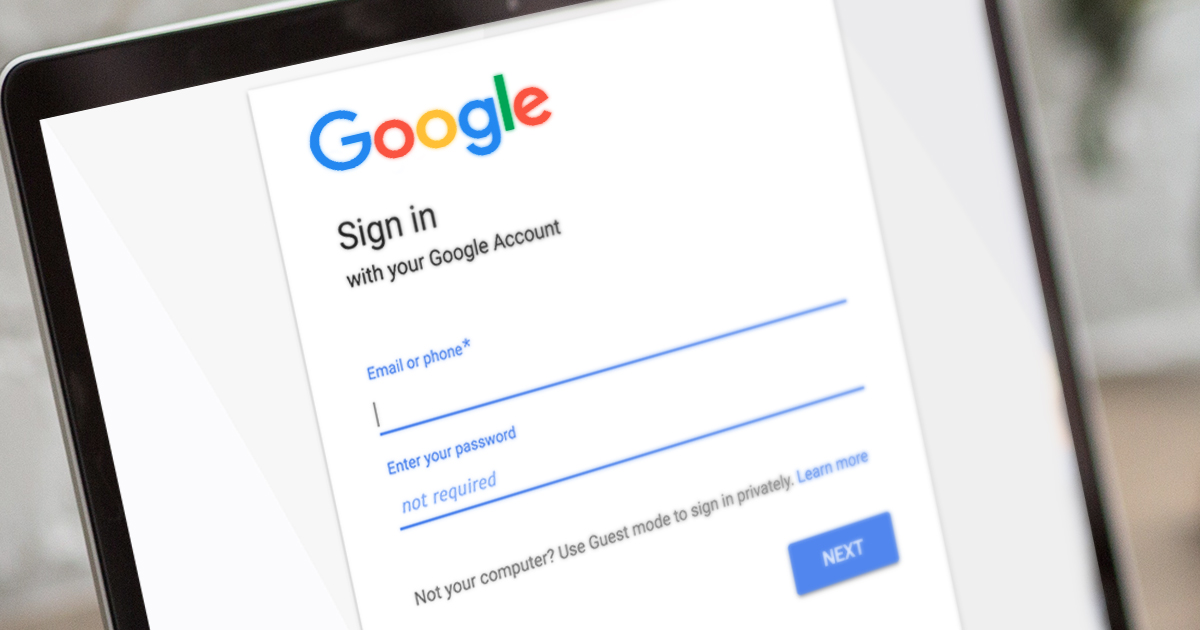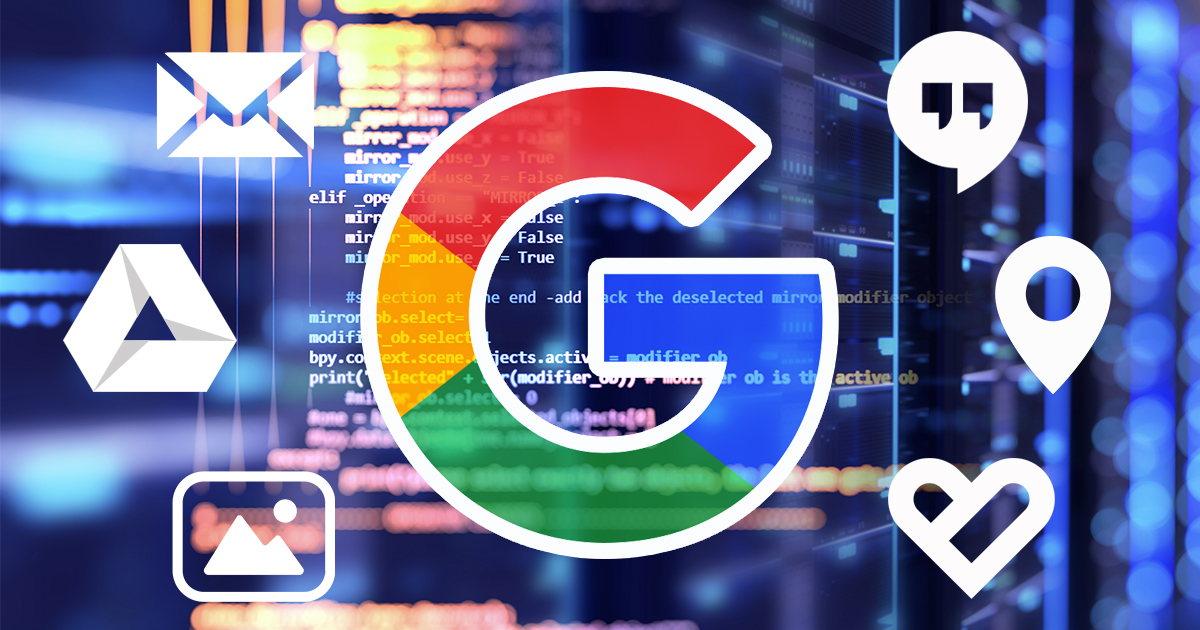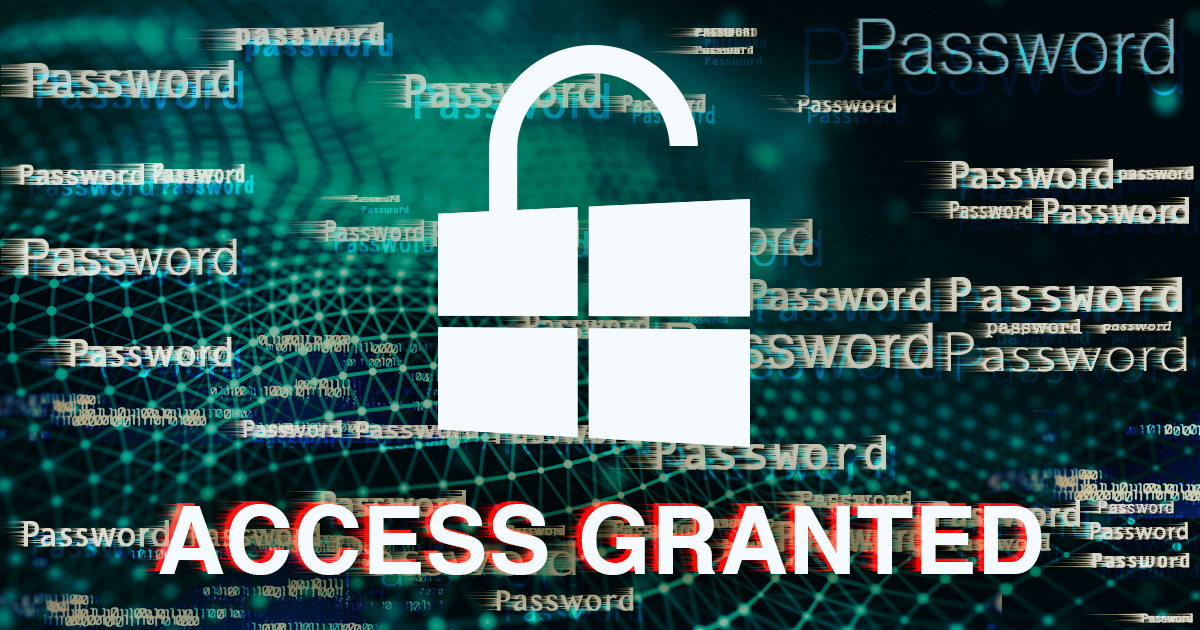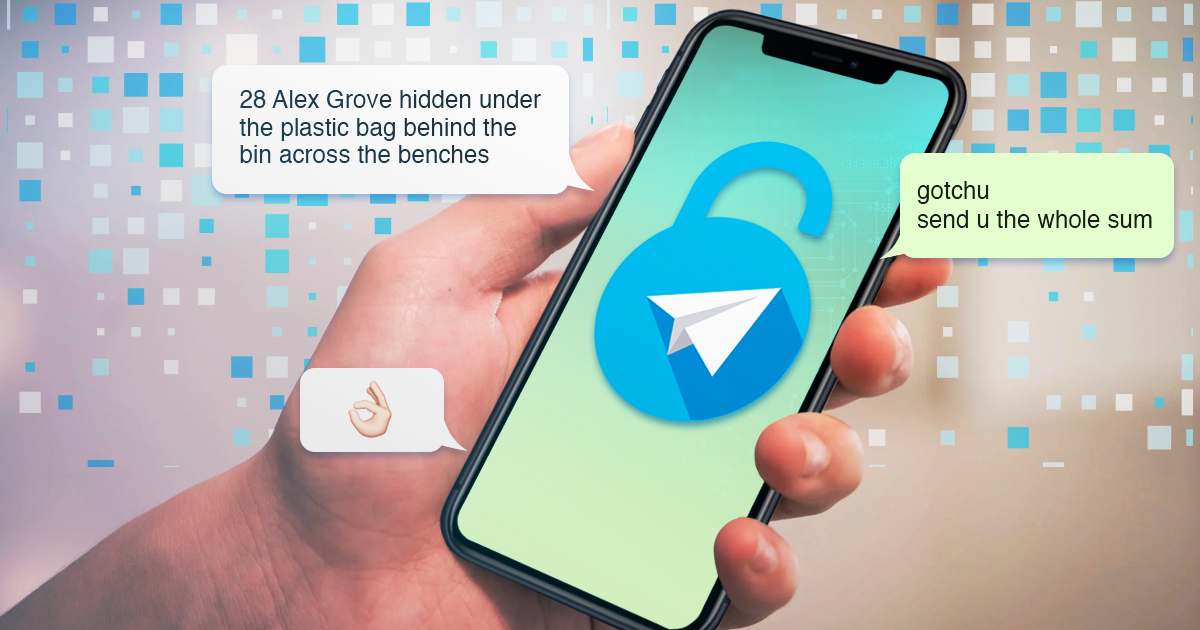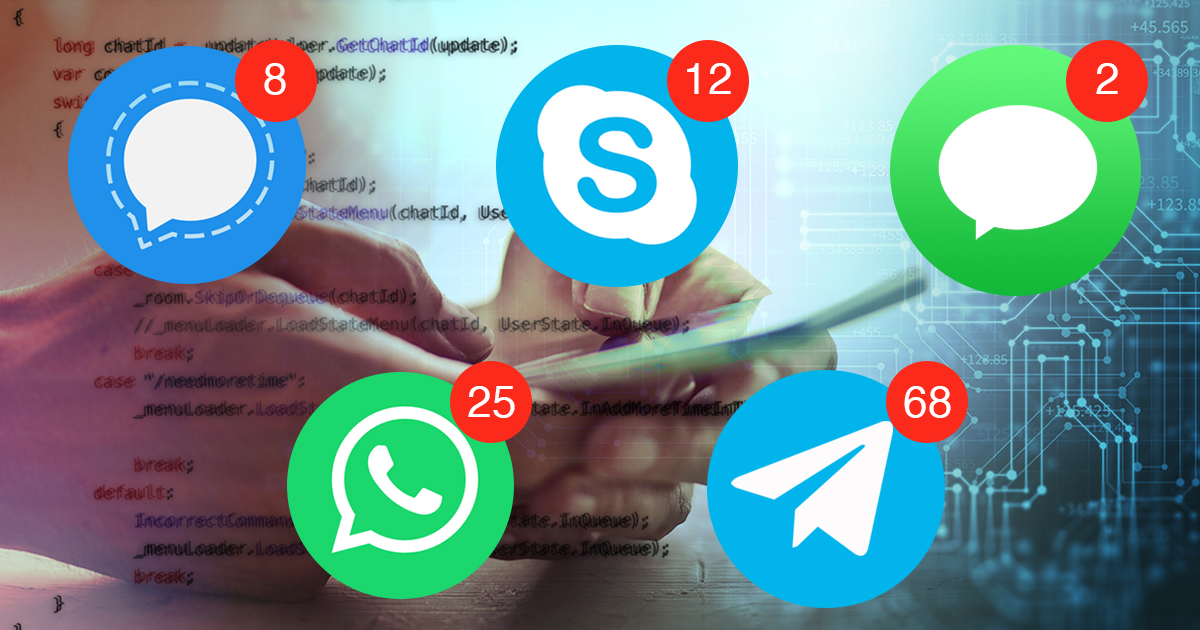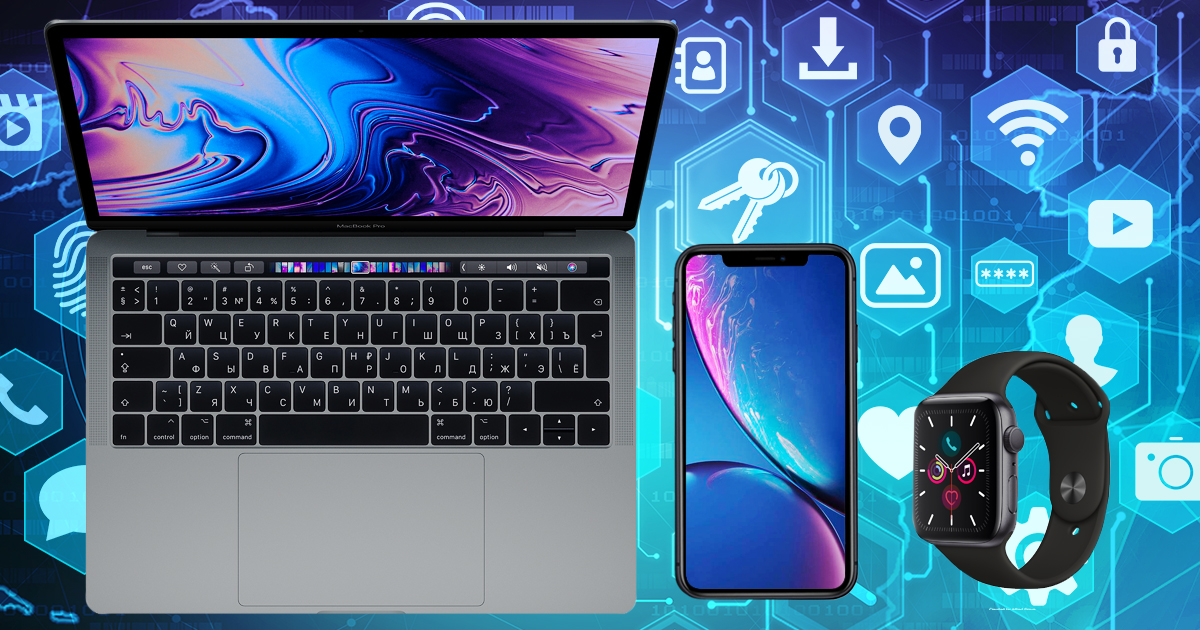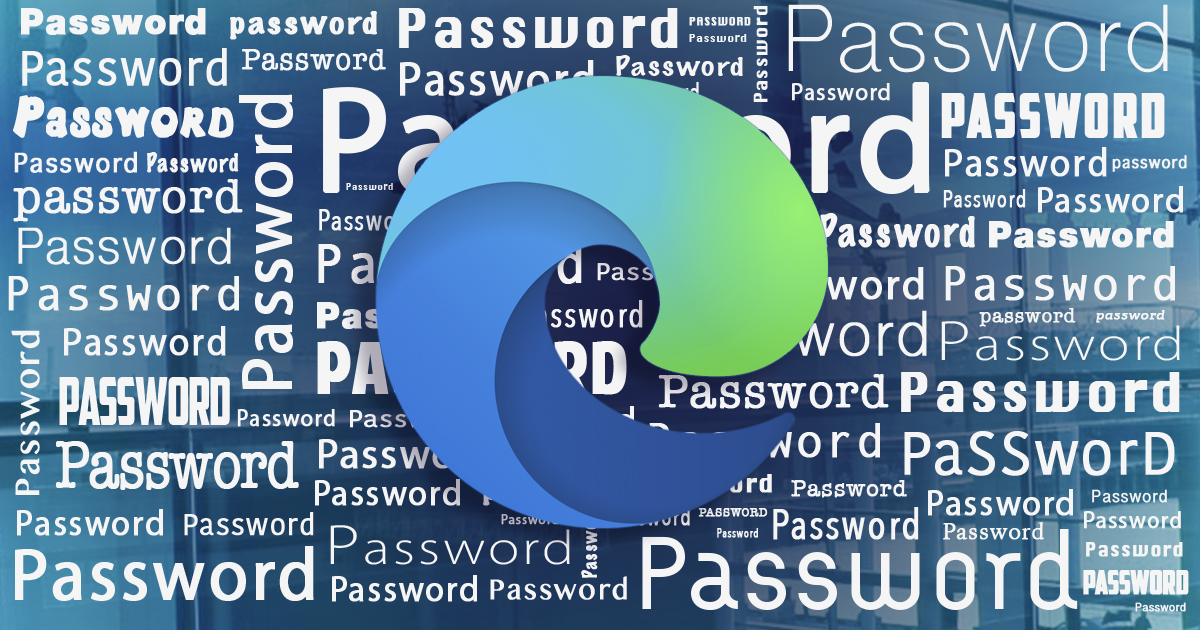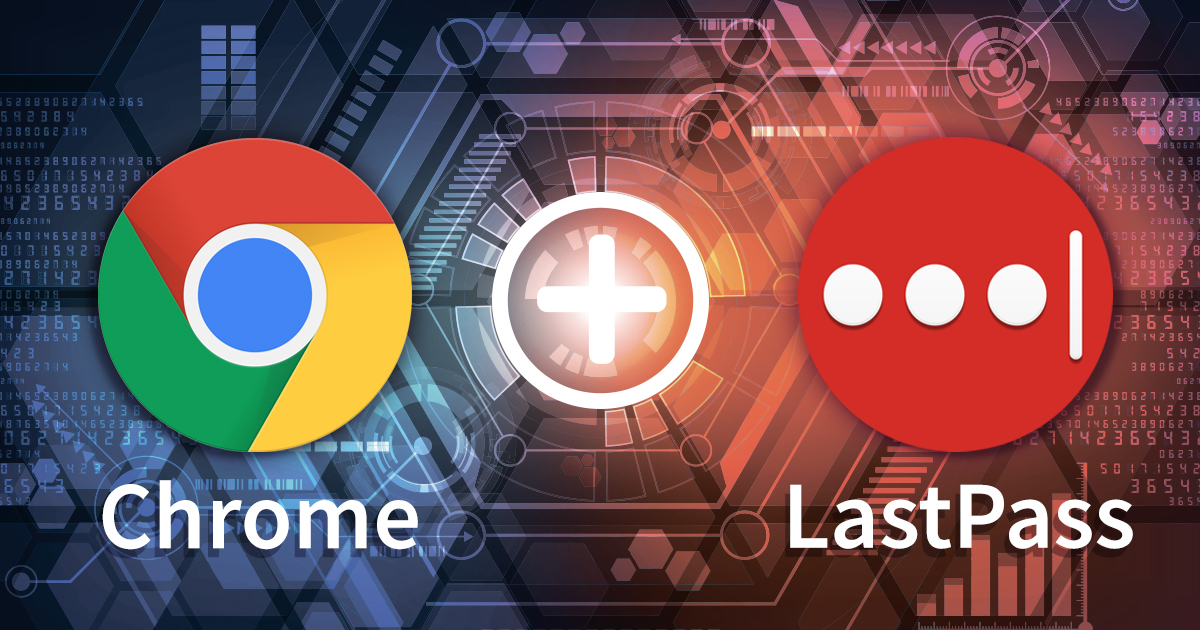April 20th, 2020 by Vladimir Katalov
The iPhone is one of the most popular smartphone devices. Thanks to its huge popularity, the iPhone gets a lot of attention from the forensic community. Multiple acquisition methods exist, allowing forensic users to obtain more or less information with more or less efforts. Some of these acquisition methods are based on undocumented exploits and public jailbreaks, while some other methods utilize published APIs to access information. In this article, we’ll compare the types and amounts of data one can extract from the same 256-GB iPhone 11 Pro Max using three different acquisition methods: advanced logical, full file system and iCloud extraction.
Read the rest of this entry »
